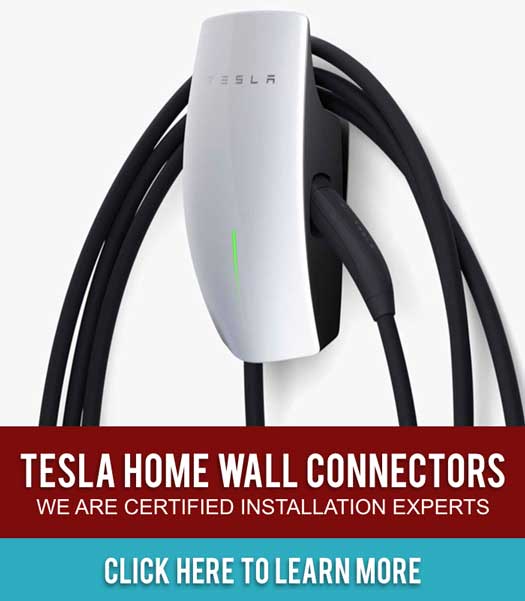Electrical Troubleshooting
Here are 10 easy steps to help you troubleshoot your electricity. If you do not feel comfortable with any of these procedures, do not hesitate to contact us and we will take care of it.
- Is the device in question working? The first step is to make sure the light bulb or device is working and turned on. Try to plug the device into another outlet or power source. The problem could be the device rather than the outlet.
- Gather information .Look around to determine if the problem is in one area of the house or spread throughout the whole home. Typically, whole home electrical outages have to do with a problem your electric company is having. Also, check to see if your neighbors have the same problem.
- Is the problem your breaker or fuse? It may be a simple fix such as a tripped breaker or blown fuse. Circuit breakers have a safety feature that cut off the power preventing fire or electrical shock when a circuit becomes overloaded.
- Turn off the problem circuit & call the experts .If you have determined the circuit to be faulty, turn it off.
- Locate the trigger .Once the circuit is down, see if you can find what causes the breaker to trip. Look to see how many things are plugged into the circuit. It could be a hairdryer or something similar. Also, space heaters are notorious in overheating the receptacle, which overtime leads to wiring problems.
- Is the switch working? It may be as simple as using an OHM meter (an electrical instrument that measures electrical resistance) to determine if your electrical problem is due to a deficient switch.
- Are the lights flickering? This is a possible sign that there are loose wires.
- Check that there are no loose wires .Make sure the power is turned off and make sure all the connections are well made. A loose connection can cause shortages.
- When in doubt, we can help! Stop troubleshooting when you feel uncomfortable. Electricity can be very dangerous to work with so do not be afraid to get professional help.

